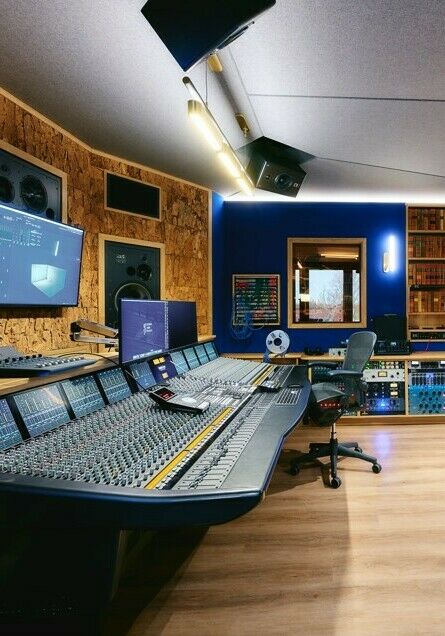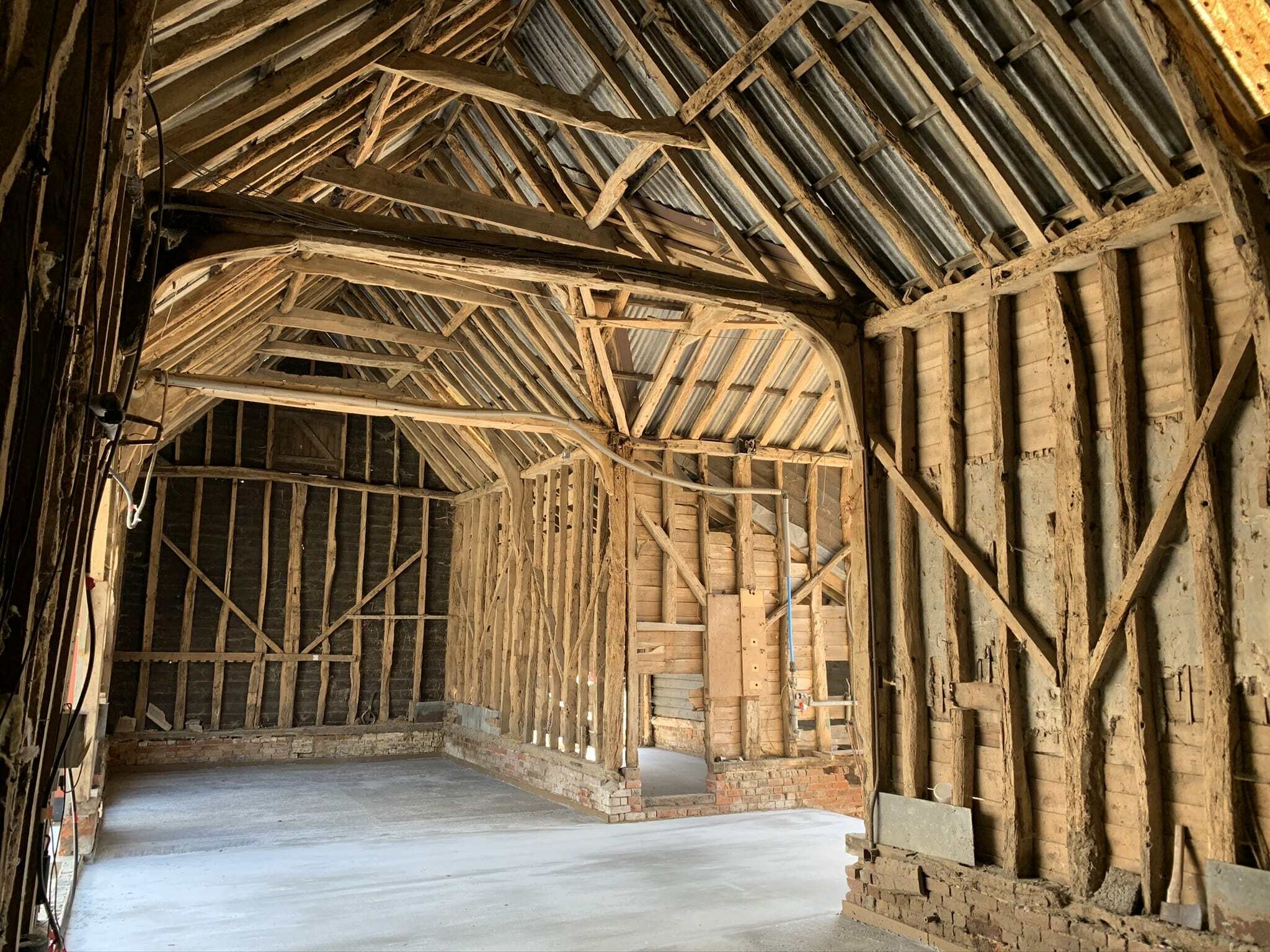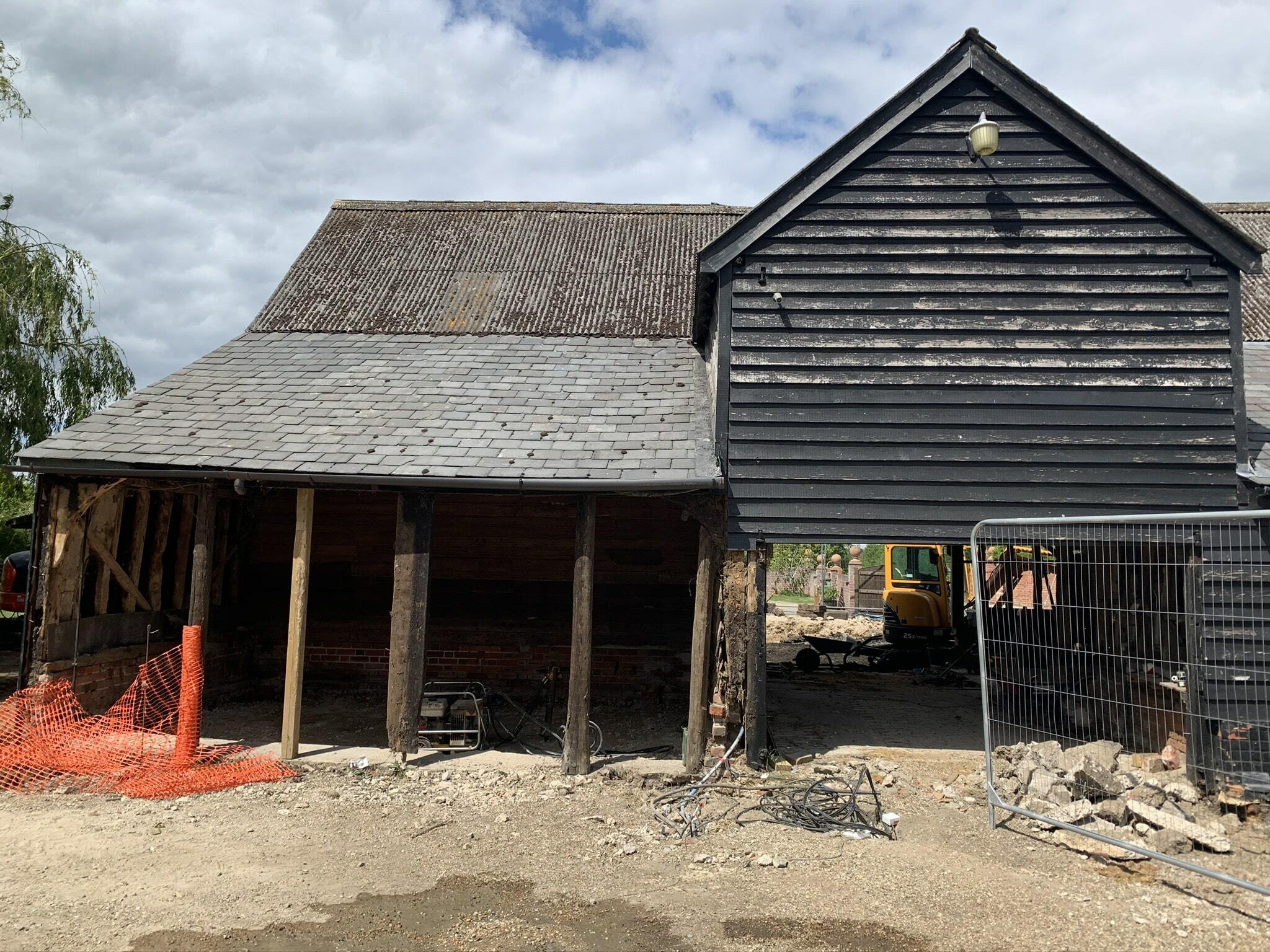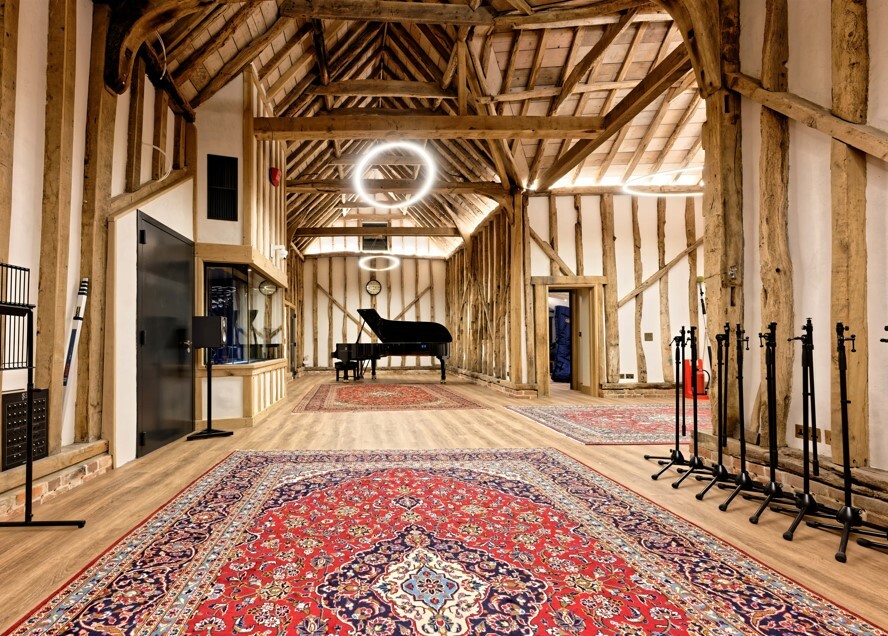Back in the 16 and 1700s they didn’t really think very hard about sound proofing their barns. They were more interested in keeping hay, grain and perhaps an occasional ox or horse dry, so all that was needed were some hefty beams that wouldn’t blow over and skinny planks nailed to them. Job done.
On our working farm here in Little Maplestead in rural north Essex, we had such a barn and kept some ducks and a couple of horses in it. It also had 300 years and many layers of pigeon and swallow guano in it.
First steps
I had started my company, Audio Network, in the neighbouring building with Robert Hurst back in 2001 and I had always thought the barn might one day make a perfect recording studio. In my humble (by which I mean correct) opinion the nature of the random shapes, angles and surfaces in a traditional wooden barn would make for a perfect acoustic with no reflections or ugly nodes and should sound amazing. In 2019 the last few remaining Audio Networkers moved to our London office so I was free to get building.
Getting planning permission
First, we had to persuade the local authority that the building was a good idea and ticked all the necessary planning boxes:
-
We were going to preserve an historic but redundant barn
-
We would be sustainable, eco and polar bear friendly
-
We would be good for hard working families in the community
Then we had to convince a man with a troublingly small moustache and a clipboard that there were no rare bats in the barn’s roof and that the great crested newts in the pond wouldn’t mind.






